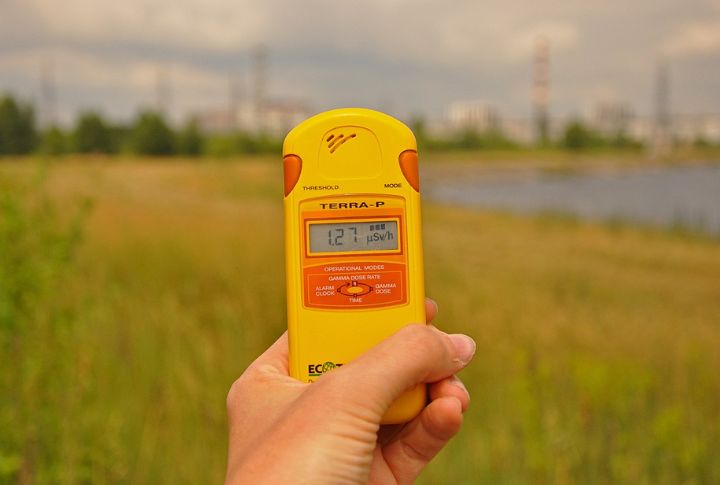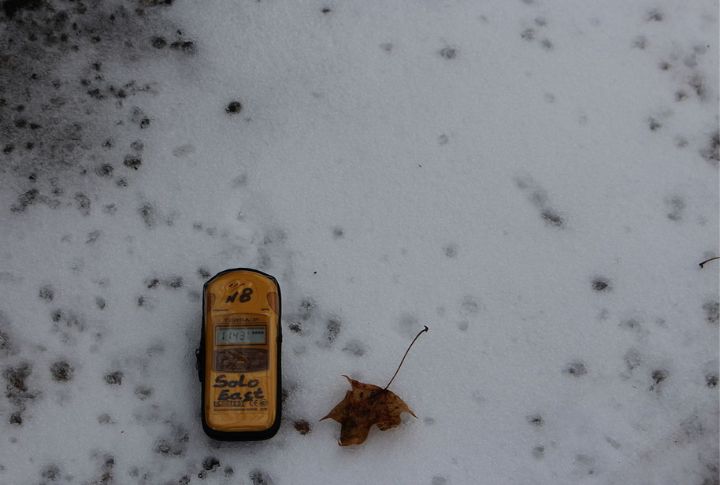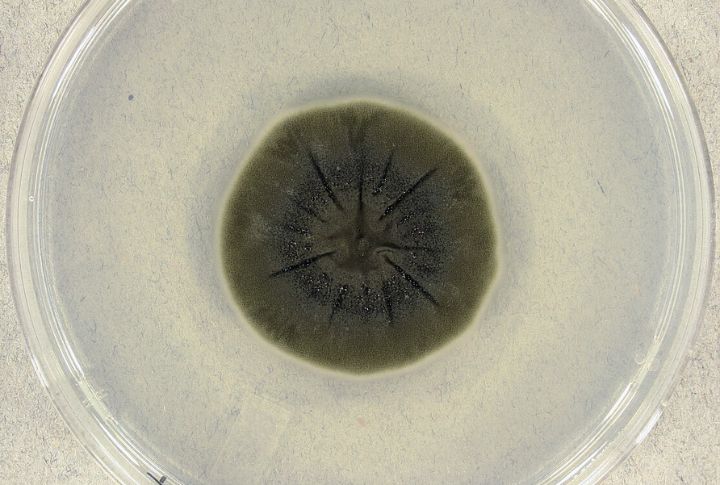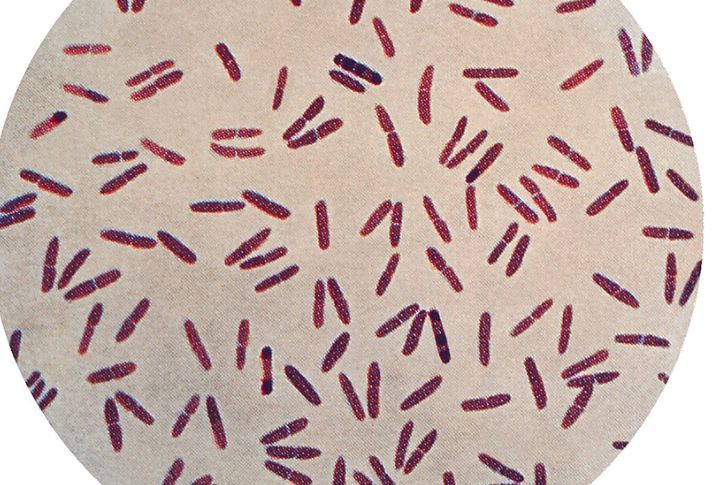
Radiation usually spells disaster for living things, yet something unexpected is thriving where few would dare to exist. Scientists found a strange black fungus growing against the odds deep inside Chernobyl’s abandoned reactor. Could this mysterious organism hold the key to future innovations in radiation protection? Read on to understand more about it.
A Fungus Flourishing Amidst Radiation

In 1986, a reactor explosion turned Chernobyl into a radioactive wasteland. Decades later, experts exploring the ruins noticed something strange—patches of black fungi clinging to the reactor walls. Instead of being harmed, these organisms seemed to thrive in the high-radiation environment.
A Fungus Flourishing Amidst Radiation (Contd.)

Cladosporium sphaerospermum, a species of black fungus, stands out among those found in Chernobyl. Rather than succumbing to radiation, it adapts and grows steadily in an incredibly inhospitable environment. Scientists are investigating how it manages this unusual survival.
Melanin’s Protective Role

This fungus owes its resilience to melanin, a pigment also found in human skin. Typically, melanin protects against ultraviolet light, but in Chernobyl, it seems to do more—absorbing radiation instead of being damaged by it.
Melanin’s Protective Role (Contd.)

Researchers believe the fungus might convert radiation into chemical energy like plants harness sunlight. If true, it could lead to groundbreaking applications in radiation shielding. This natural approach may protect against harmful exposure.
Radiosynthesis & Environmental Cleanup

Some scientists propose that C. sphaerospermum undergoes radiosynthesis, a potential process where radiation fuels its growth. Like photosynthesis in plants, this would mean the fungus uses ionizing radiation as an energy source.
Radiosynthesis & Environmental Cleanup (Contd.)

Beyond survival, its ability to absorb radiation could help clean nuclear disaster zones. Proper use of these fungi can potentially contain radioactive hotspots and reduce contamination spread in places like Chernobyl and Fukushima.
Applications In Space & Extreme Conditions

Radiation is a significant threat to astronauts venturing beyond Earth’s atmosphere. Scientists sent samples of C. sphaerospermum to the International Space Station to test its protective potential, where it survived and even reduced radiation levels.
Applications In Space & Extreme Conditions (Contd.)

This fungus resists radiation and survives extreme cold, even subzero temperatures. Its adaptability interests astrobiologists, who study whether organisms with comparable traits might survive on Mars or other hostile planets.
Potential Health Implications

Despite its unique abilities, C. sphaerospermum isn’t entirely harmless. While generally safe, it has been linked to health concerns for individuals with compromised immune defenses, particularly in damp, enclosed spaces.
Potential Health Implications (Contd.)

Its presence in poorly ventilated areas raises concerns about unintended exposure. Scientists continue to study its effects to determine whether its benefits outweigh its risks, ensuring safe and practical applications for the future.

